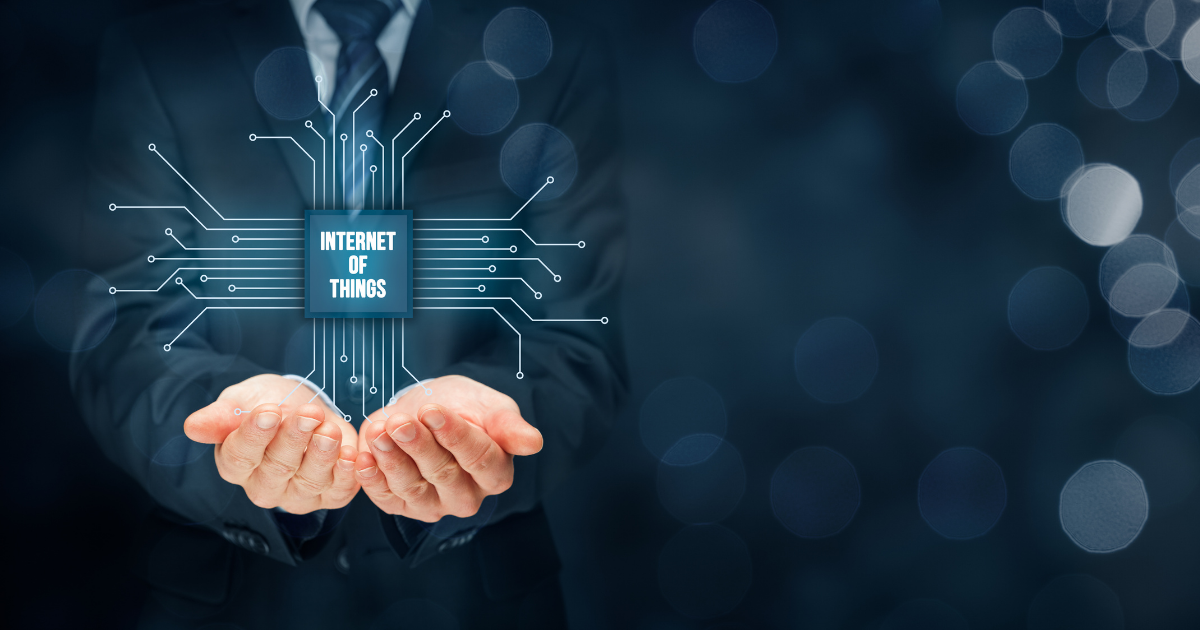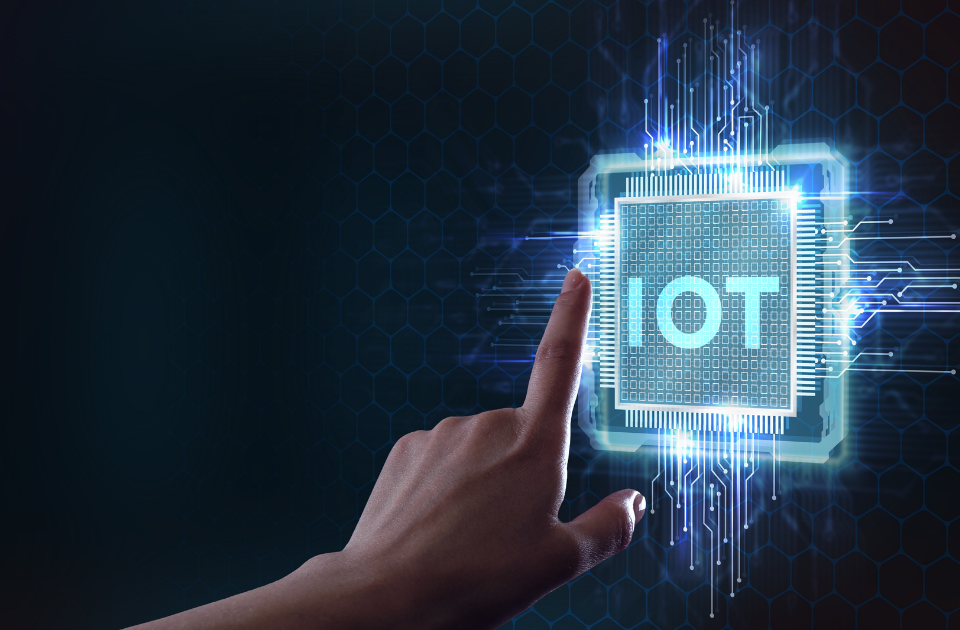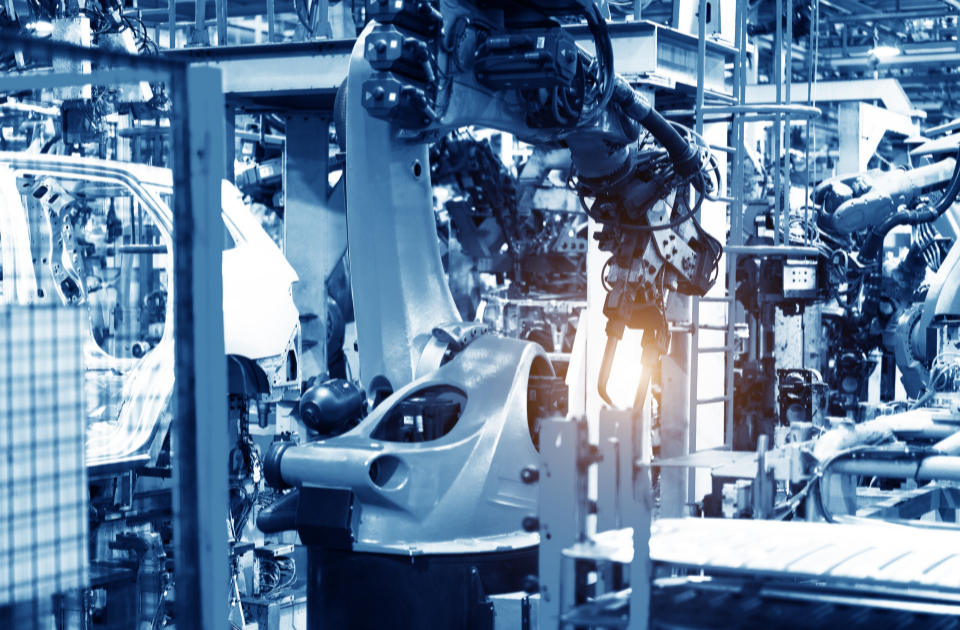During the past two decades, the Internet has provided society and the business with network infrastructure and communication capabilities. What is IoT? Globally, the sharing of information and media has increased dramatically, and with the introduction of wireless broadband technology, an online method that provides far better service at a significantly lower cost has gained appeal. With the use of embedded devices to collect data over the internet, a whole new field of research has opened up. Most notably, with the concept of the internet of things, which looks to be taking hold, all objects have been transformed into elements that can connect with one another and form a massive network by communicating the data they collect to one another.
What the Internet of Things is?
This is a question that many people have asked. Indeed, this system, which necessitates the use of cutting-edge technology in both hardware and software. What the Internet of Things is? This can be considered one of the most innovative systems in terms of providing meaning to various objects. Data-collection sensors are built into objects, and the data can be transferred through technologies such as Wi-Fi, Bluetooh, and Zigbee to reach the intended recipient. In this way, they can even be considered part of the Internet of Things. Some objects also have the capacity to alter data, which is useful in some situations. Because of this, it may directly communicate with other objects or with the central server about the data it processes.
Applications for the Internet of Things can be divided into four categories. Personal and home services, corporate services, automobiles, and mobile are some examples. What the Internet of Things is? While the Internet of Things (IoT) stands out for its features that make human life easier in personal and residential settings, it can also make significant contributions to organizations and institutions when used in a corporate setting. Transactions may be completed considerably more quickly and efficiently with the Internet of Things, while using significantly less energy and resources. When it comes to the Internet of Things in automobiles, the possibilities are endless, ranging from weather monitoring to pollution detection and water resource utilization rate tracking, among other things. Individuals can use equipment at home or at work, as well as while traveling, thanks to the Internet of Things (IoT).
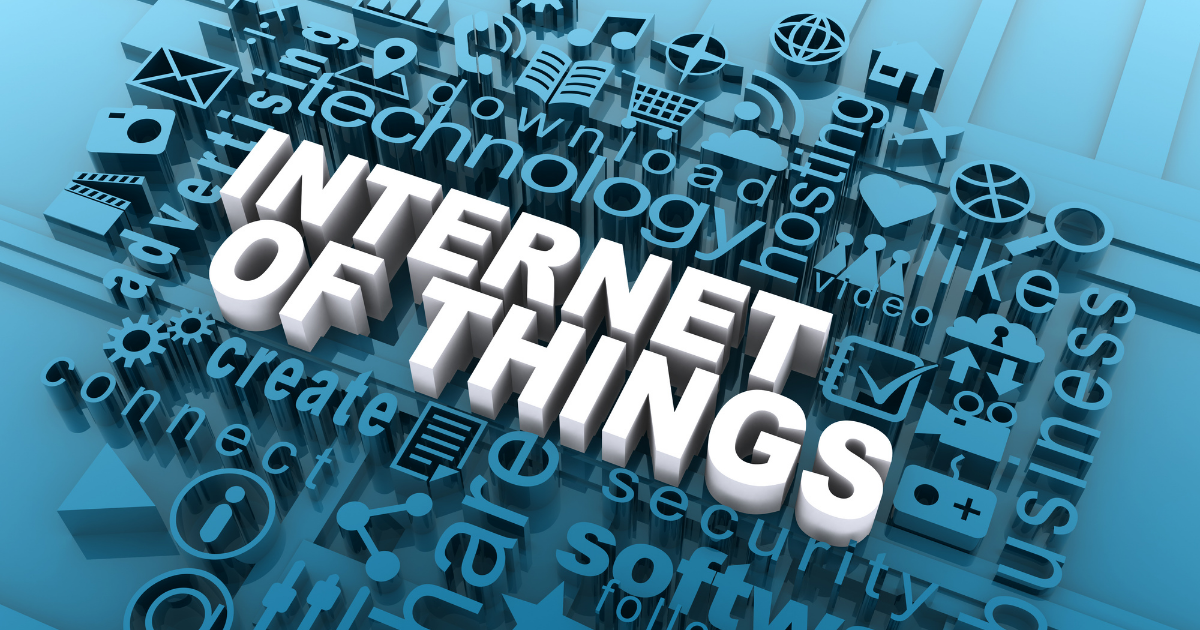
The Advantages and Solutions of the Internet of Things (IoT)
How Does Internet of Things Work (IoT)?
Anything that can be imagined can be made smart using technology connections. With the use of various sensors and vehicle integrations, a jar, for example, can determine how many kilograms of product it contains or how full it is. As far as it is clear let’s check how Internet of Things works. Additionally, items can be made available or connect with one another using Wi-Fi, Bluetooth, or other comparable networking technologies. When it contacts other items or people, it can be used to accomplish valuable tasks in this manner. When a smart jar is used as a jam container, for example, it can send information to other items or the user who possesses it. Forwarding information across the network when the load rate goes down under 10%. a sign that the jam has ran out of room in the jar. Besides that, a shopper at the market can check the occupancy rate by connecting to his or her phone at home via his or her mobile device to find out how much jam is left in the house.
The Internet of Things’ functioning system; data gathering based on the processing and transmission of data. The Internet of Things (IoT) can be used for both simple operations that make daily life easier and tremendously complicated operations that make work life more difficult, because it allows numerous devices to communicate with one another and take action in response to that communication.
The Advantages and Solutions of the Internet of Things (IoT)
It is possible for consumers to benefit from the Internet of Things in both operational and personal aspects of their lives. Because of the increased use of the Internet of Things, the way in which many industries do business has changed and will continue to change in the future. What are the advantages of IoT? Transactions, which were previously time-consuming and difficult to complete, are now quick and simple thanks to the Internet of Things. Even though it is exceedingly difficult, the just-in-time production method, which aspires to entirely eliminate stocks, allows all people involved in the manufacturing process to be extremely cautious and to handle even the smallest fault before it becomes a major problem. In order for just-in-time production systems to function well, employees must be given high priority and placed in critical positions in order for the process to continue uninterrupted. As a result, continual monitoring of success levels can be accomplished with relative ease using Internet of Things technologies.
In just-in-time manufacturing systems, the Internet of Things (IoT) offers significant advantages in a variety of areas, from material acquisition to machine maintenance, from standardization to employee performance measurements. People can handle practically everything in their home from the comfort of their own homes, which is a personal value for the user.
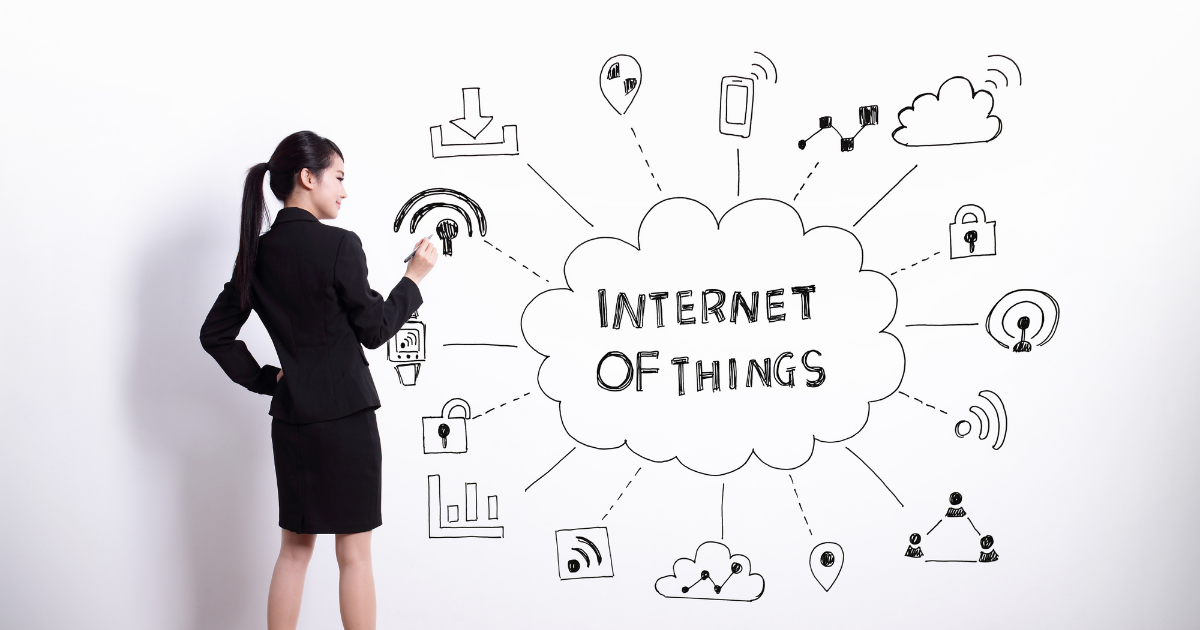
Areas of Use for the Internet of Things
Here are the usage areas of the IoT. The Internet of Things (IoT) has a diverse range of applications. Furthermore, the range of possible applications is constantly expanding. Because every new technology has the potential to open up a new arena for the Internet of Things. The Internet of Things is being used in a variety of applications, ranging from smart cities to smart buildings, smart prosthesis to smart household appliances, smart traffic lights to smart agriculture, and from health to security. As of 2020, it is estimated that there will be more than 20 billion gadgets connected to the internet and operating as part of the internet of things infrastructure. What are the solutions of IoT? By the year 2025, this number is predicted to have grown significantly.
Smart cities, buildings, and traffic lights benefit from the Internet of Things (IoT), while agriculture benefits from the Internet of Things in a variety of ways, from irrigation to delivering the appropriate amount of water when it is needed, to plant self-monitoring, and even remote control in agriculture. Using smart sensors, which can be contacted wirelessly through various implants placed in the body and allow measurement without the need for any external intervention for an extended period of time in the field of health, measuring health records in a wide range of applications ranging from diabetes, stroke, heart disease, cognitive disorders, and neurological seizures is becoming more common. It has the capability of being used for storage.

